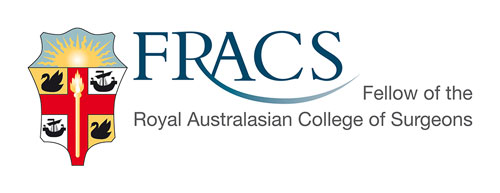HERNIA
A hernia is a protrusion of abdominal contents such as fat, peritoneal lining and even bowel or bladder through a defect or weakness in the abdominal wall.
Types of Hernia
Hernias are named according to the site they occur in.
Inguinal Hernia - in the groin, by far the commonest type of hernia.
There are 2 types:
(i)Direct - occuring through a weakness in the posterior wall
(ii)Indirect - occuring through the internal ring(where the spermatic cord comes out of the abdominal wall).
More common in males because the spermatic cord going through the internal ring of the inguinal canal. Any activity which increases the intra-abdominal pressure such as heavy lifting, coughing, straining to pass motions and straining to urinate can cause a hernia to develop. Predisposing factors include obesity and ageing(these weakens the abominal muscle strength)
Femoral Hernia - occurs just below an inguinal hernia, more common in woman than man, sometimes can be mistaken for an inguinal hernia
Umbilical/Periumbilical Hernia - Occurs around the navel
Epigastric Hernia - Occurs in the midline between the navel and the chest, usually the defect is very small and sometimes the hernia cannot be easily seen
Incisional Hernia - Occurs through scar sites from previous surgery, the sizes vary enourmously. Very large incisional hernias have a high chance of recurring. Some types of incisional hernias:
(i) Port site Hernia - A type of incisional hernia occuring through the scar from previous keyhole surgery(usuallly around the navel)
(ii) Parastomal Hernia - This is a hernia around a stoma(usually a colostomy). Despite a repair, there is a high recurrence rate.
Hiatus Hernia - This is an internal hernia which causes part of the stomach to go above the diaphragm. This is associated with reflux of acid into the gullet. Surgery is generally not recommended for small hiatus hernias.
Spighelian Hernia - This is a hernia on the anterior abdominal wall just to the side of the rectus musles at a level just below the navel(rare)
Lumbar Hernia - This is a very rare hernia through the back.
Obturator Hernia - Another very rare hernia. An internal hernia where the bowel may sometimes become trapped causing bowel obstruction. Classically seen in elderly woman who has lost weight recently.
Paraduodenal Hernia - This is a hernia of small bowel into cavities around the duodenum(rare)
Diaphragmatic Hernia - This is another internal hernia where the abdominal contents enter the chest through defects in the diaphragm(anteriorly or posteriorly) Sometimes it can be due to major trauma causing tears in the diaphragm.
Symptoms of a Hernia
Most commonly, a lump is noticed. Sometimes it can be more easily felt than seen especially if the hernia is sill small. Occassionally, one can feel discomfort or pain. Unless complications occur, most hernias can be pushed back in.
Complications of Hernia
1. A hernia may become irreducible - the contents can become stuck permanently and cannot be pushed back in.
2. Strangulation - THe blood supply of the hernia is strangulated suddenly at the neck of the hernia. The tissues withing the hernia will die - this can be very dangerous and life-threatening if there is bowel within the hernia. URGENT SURGERY is needed
3. Bowel obstruction - If there are bowel contents withing the hernia, this can become blocked. The symptoms include abdominal pain, vomiting, abdominal swelling and in the later stages constipation and not being able to pass flatus.
Indications for Surgery
Early surgery is usually advised in most hernias as surgery:
1. Prevents the hernia from becoming larger(hernias are easier to repair successfully when they are smaller)
2. Avoids potential complications developing
A truss or a belt is sometimes used to prevent the hernia from coming out - however these methods does not cure the hernia and should not be routinely used. It is important that you consult with a specialist if you have a hernia.
Sports Hernia / Athletic Pubalgia / Core Muscle Injury /Gilmore's Groin / Groin Strain
This is characterized by pain in the groin after activity. The pain can also be felt sitting eg in a car or on standing. There is a range of possible musculo-tendinous injuries in the groin and abdominal wall including : tear in the external oblique aponeurosis, conjoint tendon or fascia transveralis; separation of parts of the conjoint tendon from the pubic tubercle or inguinal ligament; osteitis pubis; adductor tendon pathology etc. Also the ilioinguinal nerve or genitofemoral nerve can be entrapped.
Examination findings may include a dilated external inguinal ring.
Investigation: MRI may be required. An US may show an inguinal hernia but that in itself may not be the cause of the pain.
A review by a hernia specialist is recommended to decide if surgery is needed.


